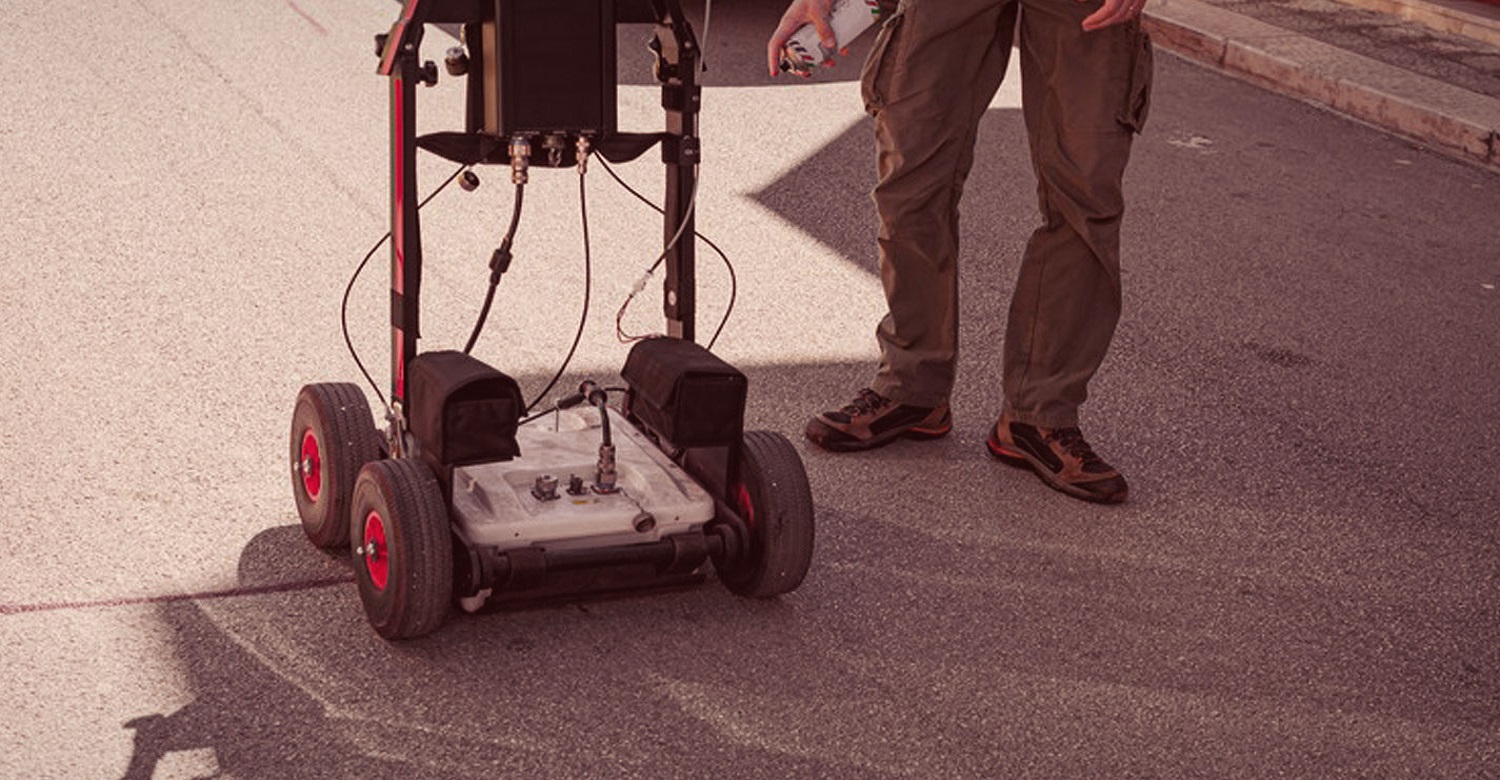VECTOR ENGINEERS
PROVIDES GEOPHYSICAL

testing services that help us carry out non-destructive subsurface explorations. These services include:
- 2D & 3D Electrical Resistivity Imaging
- Induced Polarization Surveys
- Refraction Microtremor (ReMi) Surveying
- Ground Penetrating Radar

2D & 3D ELECTRICAL RESISTIVITY IMAGING
Designed to assist in non-destructive subsurface explorations, our Geophysical Testing Services include 2D & 3D Electrical Imaging and induced polarization surveys that are invaluable in terms of effectiveness.
Electrical Resistivity Imaging (ERI) is one of the latest Geophysical Techniques used to create an image of a specific section of Earth’s subsurface. It involves measuring the resistivity of Earth along a single profile or a series of profiles. Using a number of stainless-steel electrodes that are driven into the ground at even intervals, an image of the subsurface is obtained that can be either two or three-dimensional depending on the need for the survey.
ERI is used primarily to identify hidden features beneath the surface such as karst, buried structures, tanks, voids, differing geology, groundwater sources, and so on. They can also aid in the analysis of volumetric aggregate resources, bedrock features, and aquifers.
INDUCED POLARIZATION SURVEYS
The Induced Polarization (IP) response is a technique that identifies the electrical chargeability of the subsurface soils. We do this by mapping the redistribution of ions along fluid interfaces, after an electric current is applied. In addition to mapping subsurface contamination, this service is primarily used to identify clay content, pore fluid composition, and explore for ore. IP provides an accurate non-destructive profile of the underlying soil, while also mitigating risk and saving thousands of dollars in material costs.
REFRACTION MICROTREMOR SURVEYING
Another technique used to perform non-destructive subsurface investigations is Refraction Microtremor (ReMi) Surveying that effectively provides a high-quality image of the subsurface conditions. This technology works by measuring the velocity of shear waves; these are ambient acoustic waves beneath Earth’s surface. To achieve this, shear wave receivers, also known as geophones, are placed at equal intervals above the area that is being explored. These receivers take individual readings of the incoming wave velocities. The velocities are then compiled into a graph using software from which, our engineers are able to analyze the materials that lay beneath the surface.
This technology is significant because it is both cost-effective and simple to use. When using the traditional method of Standard Penetration Testing (SPT) to determine the seismic site classification, there are conservative constraints that are required in the International Building Code. ReMi eliminates those limitations as well.
GROUND PENETRATING RADAR
Ground Penetrating Radar (GPR) is a cutting-edge technology that is used in investigations of earthen and concrete structures in a non-destructive manner. The technology uses pulsed electromagnetic waves to see changes in electrical properties such as conductivity.
Some of the main uses of GPR are as follows:
- Airport Inspections
- Archaeology
- Architectural Facades Inspection
- Bridge Inspection
- Concrete Inspection & Evaluation
- Detecting Minerals/Mining
- Environment
- Forensics
- Geology & Geophysics
- Highway Inspection
- Precision Farming
- Railbed Inspections
- Snow/Ice Thickness Measurement
- University Research
- Utility Detection & Mapping
GROUND
PENETRATING
RADAR

SOME OF THE ASPECTS AND STRUCTURE SCAN ADVANTAGES OF GPR ARE AS FOLLOWS
- Frequencies from 16 MHz - 3 GHz
- Average radiated power is approximately 1% of cell phone transmitted power
- Practical Limits - To 36 inches in concrete - To 30 feet in Earth - To 100 feet to detect water tables and bedrocks in Earth - To 1,000 feet in ice
- Easily inspects floors, walls, decks, slabs, tunnels, balconies, and garages
- Accurately locates rebar, tension cables, conduits (PVC and metal), voids, and measures slab thickness
on a project for you
or a client?
expert advice
on a project for
you or a client?
Let a certified member of our team guide you
through the entire process and help you
finalize on exactly what you need.



